What does the HR value chain mean?
The HR value chain is a model that shows how the outputs of HR activities and practises contribute to company objectives. It demonstrates that the department has a number of processes and actions that result in HR results, which help the organisation achieve its goals.
What does the HR value chain resemble?
The HR value chain model is a three-advance procedure that starts with HRM exercises, trailed by HRM results and hierarchical targets.
Level 1 HR organisations will distribute more L&D spending plan to workers, accepting that better-prepared representatives will profit the association.
Level 2 HR organisations will distribute more L&D spending plan to workers and follow up by checking if these speculations pay off. They test information maintenance and check if the speculations lead to better individual execution. If not, they will test and change preparing programs as well as preparing suppliers so as to advance return.
Level 3 HR organisations realize that the L&D spending was expanded in light of the fact that the association needed to turn out to be increasingly inventive and gainful. This association will do the entirety of the above mentioned and test how it impacts these two key presentation pointers. They may be fulfilled when there's a positive connection between the L&D spending and the key execution pointers.
Level 1. HRM exercises and procedures: Efficiency measurements
On the left of the chain, we discover the HRM exercises. These are estimated utilizing the purported proficiency measurements. Models include:
- Cost of contract
- Time to contract/time to fill
- Learning and improvement spending plan
- Preparing time in days
- Time since last advancement
Every one of these measurements measure HR procedures and give data about how productive the HR work is.
For instance, in the event that they can bring down the expense of contract while keeping an opportunity to enlist metric stable, they are increasingly effective. This promptly shows the large shortcoming of these level 1 HR associations: they center around lessening HR cost – and hence approach HR as a cost-focus as opposed to concentrating on the value that HR includes.
Level 2. HRM results: Effectiveness measurements
In the subsequent classification, we watch the HRM results. These are the results that are customarily observed as significant HR KPIs Models include:
- Commitment
- Maintenance/representative turnover
- Truancy rate
- Singular execution
- Group execution
- Nature of contract
Every one of these measurements give data about how well the workforce is getting along. This includes both HR and line the executives.
For instance, when commitment is high, HR is more successful than when commitment is low. Similar remains constant for maintenance and (contrarily) for worker nonappearance. Some portion of HR adequacy is the means by which well the planned HR rehearses are executed by chiefs. HR can make an outstanding showing yet with awful supervisors, representatives will be progressively missing and significantly more prone to leave!
It is imperative to understand that the majority of our HR exercises are planned for accomplishing positive HR results. For instance:
- We would prefer not to invest an excess of energy in acquiring new individuals, otherwise we will lose the best competitors, bringing our nature of contract metric down
- We are preparing our kin to cause them to perform better and hold them
- We participate in health advancement so as to bring down nonappearance
Level 2 HR associations center around HRM results
They don't concentrate on cost investment funds however on how they can arrive at their HR results in a cost-proficient way:
- Authoritative destinations
- The last class is hierarchical destinations. These are the key objectives that the association is attempting to reach. Instances of measurements include:
- Piece of the overall industry
- Net revenues
- Market capitalization
- Consumer loyalty
- Client devotion
These are the sort of results that increase the value of the business and make the business increasingly reasonable in the long haul.
Level 3 HR associations center around the business commitment they make with the entirety of their kin strategies. These are really key HR capacities.
The HR value chain practically speaking
Let me give you a model about how these various degrees of HR associations think. Let's assume we need to expand learning in the association.
The HR value chain and investigation
This is likewise where examination comes in. HR serves the business and ought to follow the authoritative targets. All HR results and exercises that HR centers around should prompt these business results.
Investigation is an extraordinary instrument to quantify the viability of the HR intercessions planned for arriving at these business results. This identifies with the two models I included toward the start of the article, which show the value that is included through HR rehearses. Right now contracting the perfect individuals and preparing them at work.
This sort of unmistakable examination proof associates what we do in HR to substantial budgetary business results, demonstrating by and by the additional value of HR.
To get familiar with the HR value chain model and how it tends to be utilized look at our Strategic HR Metrics course. Right now, will figure out how to make important vital measurements and KPIs inside HR.
On the off chance that you are increasingly intrigued by the investigation part of the value chain and need to figure out how to use key examination to enhance a business, view our HR examination lead course!
How is HR valuable?
Human resources is extremely valuable to firms that regard their staff to be their most valuable assets. HR, in its broadest definition, encourages employees to perform at their best and to create a positive business culture. Strategic HR has evolved as a dominant view of the role this functional area plays in building and developing a strong organisation in the early twenty-first century.
What is HR value proposition?
HR value proposition refers to how HR processes, departments, and professionals benefit important stakeholders such as employees, line managers, customers, and investors. In HR, value has become a barometer. HR will be credible, respected, and influential when people see the value in what HR does.
How can a HR add value to an organisation?
Persuading corporate executives to train and develop staff and reward good performance through improved salary and regular promotions is one of the key ways HR delivers value to a firm.
1. Participation in Strategic Planning
HR experts have a bigger role in planning now that proactive HR tactics have surpassed reactive responses to changing employment conditions. HR directors are frequently found on management teams and involved in strategic planning. This comprises evaluations of the company's strengths and shortcomings, as well as forecasts of opportunities and risks. HR members share their current perspectives on people and resource demands, as well as discussions about compensation and training adjustments and research on forthcoming possibilities and risks.
2. Focus on Performance and People
A well-managed human resources department is a vital link to a company's success, excellent employees, and outstanding performance. The talents, motivation, and accomplishments of a company's employee are usually strongly tied to its long-term success and financial performance. People create and sell things, collaborate on decisions, and work with customers. One of the most important ways HR offers value to a company is through fostering this link and influencing corporate executives to train and develop personnel, as well as to reward good performance with greater salary and regular promotions.
3. Priority to Talent Acquisition and Retention
Establishing good job designs and employing the proper individuals to fit is part of this. It also entails implementing effective interviewing and screening processes, arranging orientation and training, creating effective employee evaluation tools, and creating motivating remuneration schemes that optimise your company's potential. A start-up, for example, may provide company shares, but an established small business may offer a generous vacation programme.
4. Defense Against Legal Action
Legal protection from discrimination and wrongful termination claims is one of the less-publicized ways HR delivers value to a company. HR experts must stay current on employment laws and educate business owners and managers on a regular basis. They must also create hiring and promotion structures that encourage equity and justice. Interview questions that are tailored to a given position, for example, reduce the likelihood of a discrimination claim. As organisations become more diverse, this aspect of HR becomes increasingly valuable.





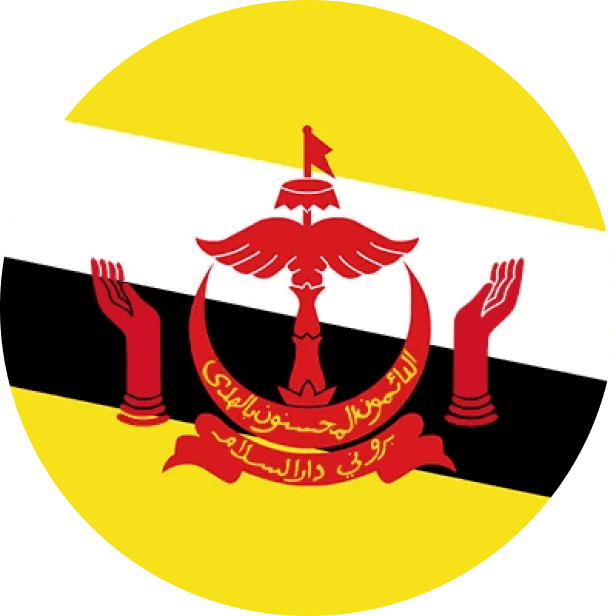
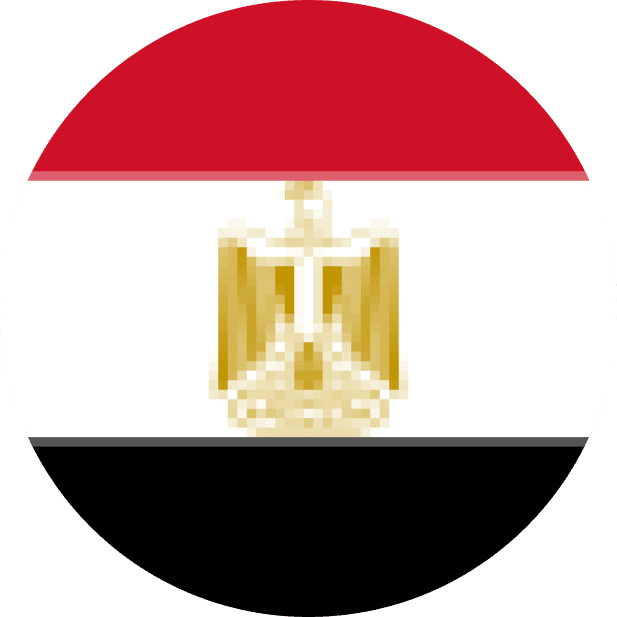
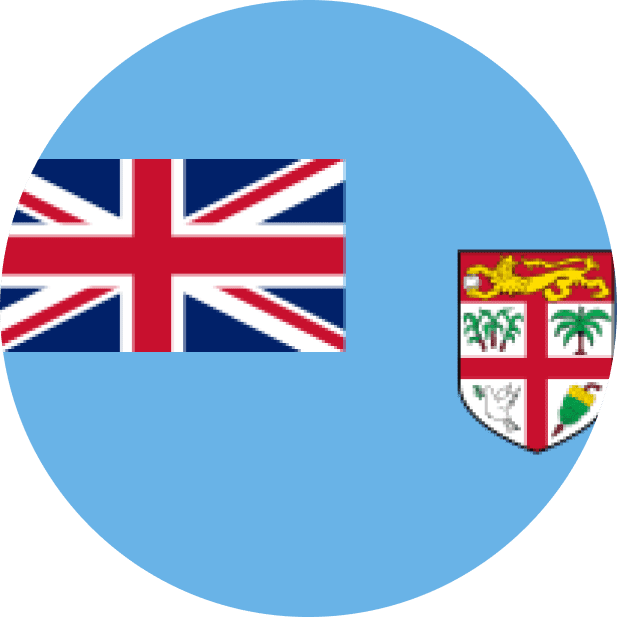



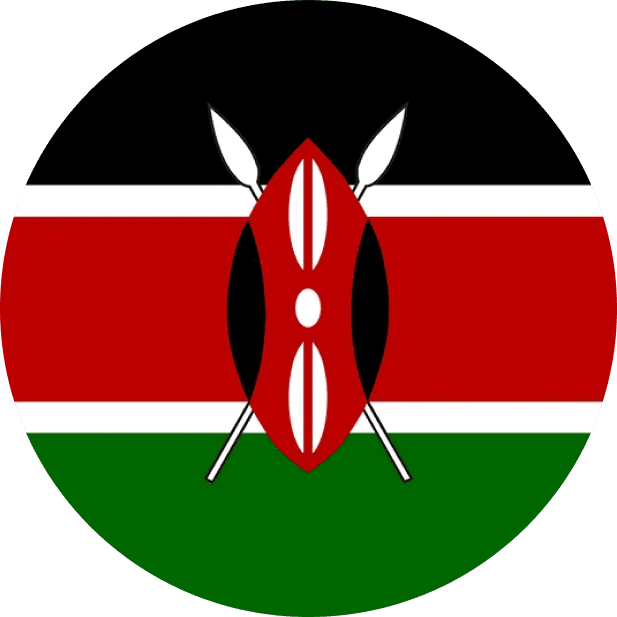

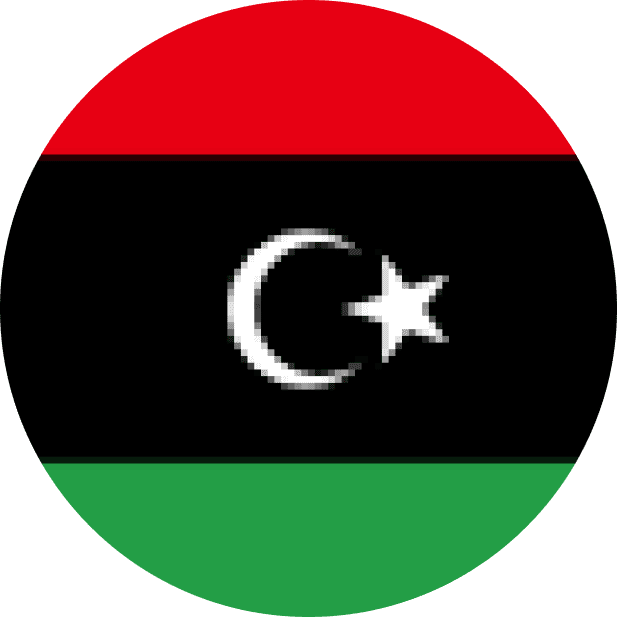


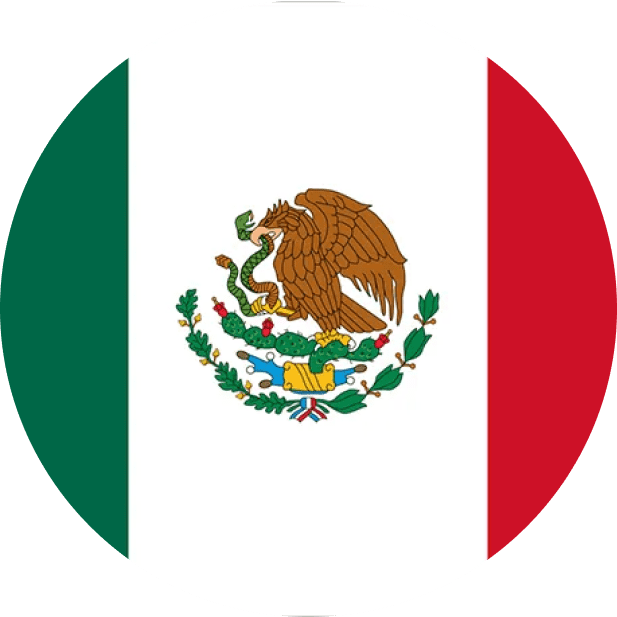





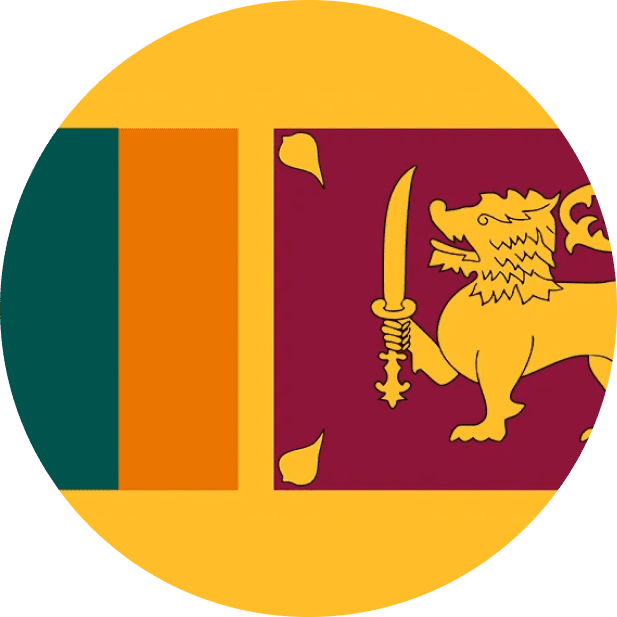

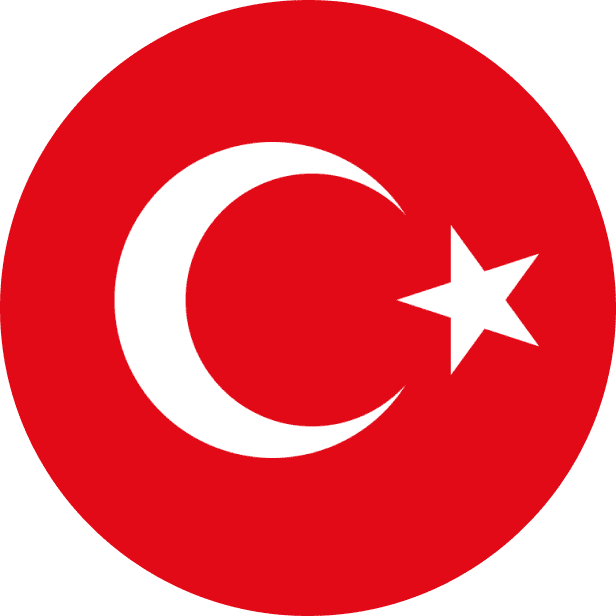





















.webp)